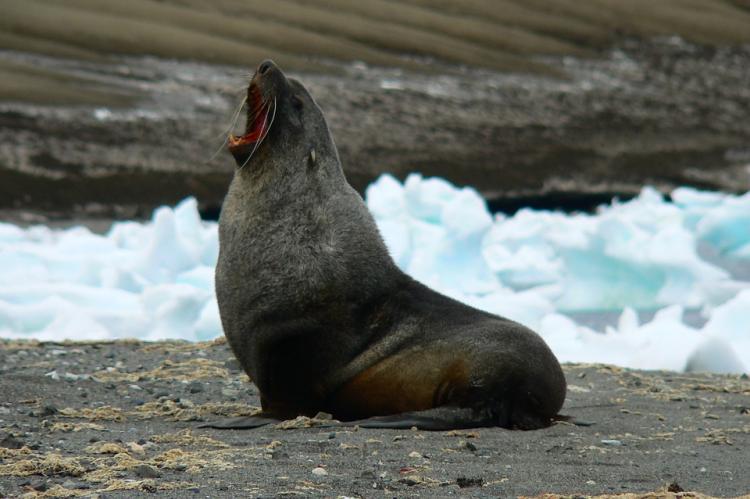Seals help scientists monitor melting of Antarctic sea ice
Thanks to some seals residing in Antarctic seas, scientists are learning more about the temperature and water salinity around the ice sheets in West Antarctica.
As a result of climate change, the sea ice in west Antarctica will melt and this is expected to cause the sea level to rise by up to 3.2 metres. To learn more about this process, the scientists at the University of East Anglia (UEA) have been studying the waters in the Amundsen Sea, in the Southern Ocean, in order to get a better idea of how rapidly the Antarctic ice sheet is melting.
Estimates of just how much the sea level will rise vary a lot, thus the need for scientists to obtain year-round data so as to improve their climate change models.
However, this is a challenge during the winter months, when the area is covered by a thick layer of sea ice, making it impossible for ships to travel into the area.
This is where the seals come into the picture.
In an experiment that began in February 2014, the recruited seals—specifically seven southern elephant seals and seven Weddell seals—were tagged with monitoring devices that sent data to scientists via satellite. Over a period of nine months and covering more than 10,000 dives over an area of about 150,000 square kilometres, the devices recorded the temperature and salinity of the seawater as the seals went about their daily lives.
The findings of the study have been published in the journal Geophysical Research Letters.
According to the University's press release, the findings of the research showed that "not only is the layer of CDW [Circumpolar Deep Water] thicker in winter, it is also warmer and saltier than during summer months. This suggests that there is likely to be more melting of the ice sheets during the winter months. The temperature differences were less marked closer to one of the glaciers, in a region called Pine Island Bay, possibly because ocean currents, called gyres, recirculate the water."
Involving seals in the research appears to have been a good idea. "We were able to collect much more information from the seals than all the previous ship-based surveys in the area combined and it was clear that, at least during the seasons we observed, there were substantial differences in temperature between the seasons," said Helen Mallett, who led the study at UEA.
“Although more will need to be done to measure these differences over a number of years, it’s clear that enlisting seals to collect this kind of ocean data will offer useful insights for climate change modellers who are attempting to predict how fast sea levels will rise," she added.





























